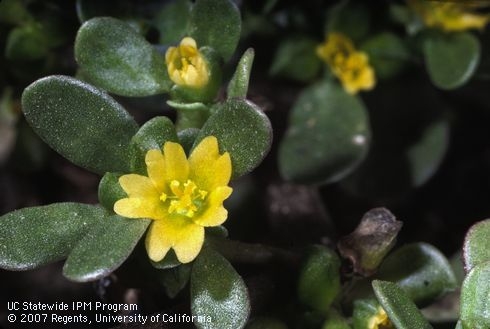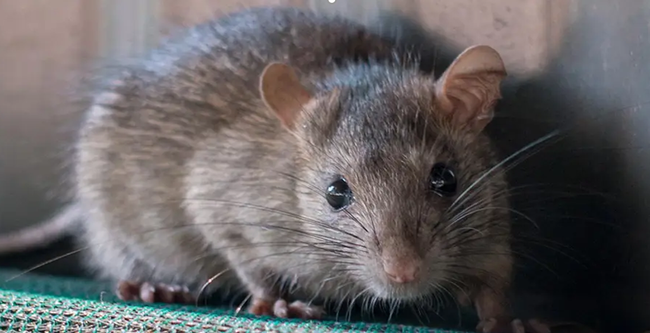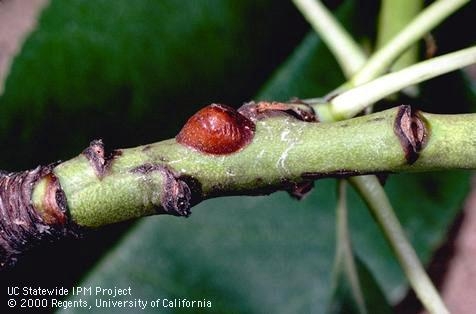Fall, aka Autumn, normally begins in earnest as nuts come off trees and pumpkins come off the vines. I know commercially grown pumpkins and gourds have been coming off the vines for over 6-8 weeks now and almonds seemed a little early as well. My “giant” pumpkin came off August 26th! What gives? What is the new normal for this season?
As we continue to see changes in our climate, it is comforting to know the general nature of growing hasn't really changed. You must provide an environment which is suitable for the plant and use IPM (Integrated Pest Management) to ensure your crop or landscape succeeds. Here are my favorite pests to look forward to this season.
Rain is a good thing! However, it can be both pesky and detrimental if the quantity is overwhelming to plants now accustomed to the reduced amount of water we have been providing. This is a good time to check your irrigation systems, making sure you aren't killing the plants with “kindness” in addition to the expected rains of the season. Be sure to pay attention to your plants and adjust flow as well as providing nutrients for the soil and modify the consistency

if you find it is not draining sufficiently.
My favorite weed of Fall is Common Purslane (Portulaca oleracea). It is found throughout California to about 4600 feet. These plants are edible (they have a sweet, yet acidlike flavor. An excellent crunchy salad plant, it is said to blend well with hotter-flavored salad herbs) with vitamins and nutrition but can choke out or overwhelm the best of low-growing landscape or just make the bare areas of your garden an unsightly mess. Don't bother spraying these weeds – just pull them and compost them in your bin. These weeds are like fish from the hatchery placed in a lake – put and take.


You guessed it – Rats! BTW, I finally caught the one marauding around as Robin Hood in my vegetable garden. In California, the most troublesome rats are two introduced species, the roof rat and the Norway rat. It's important to know which species of rat is present in order to choose effective control strategies. Learn more about managing rats, here.
